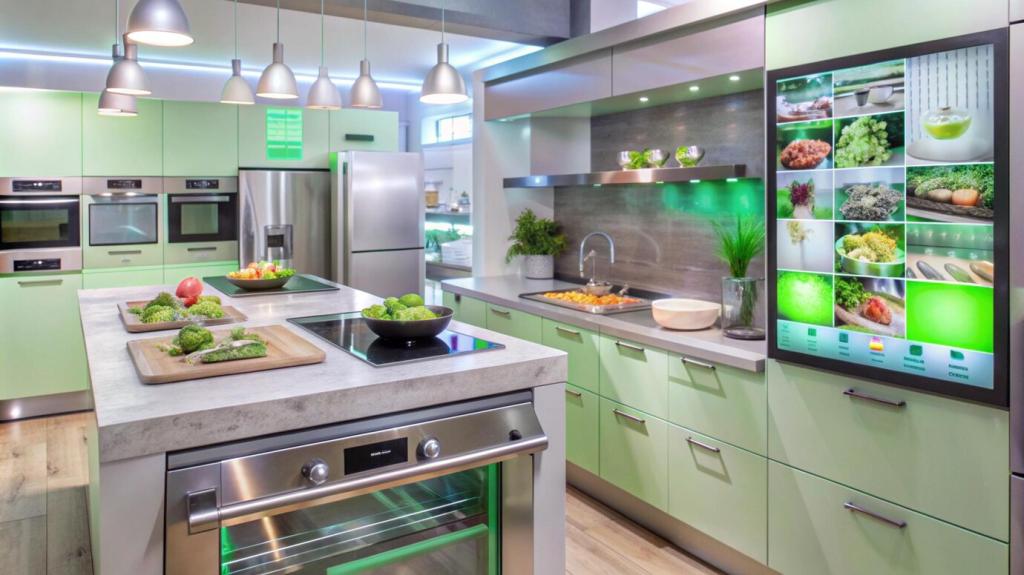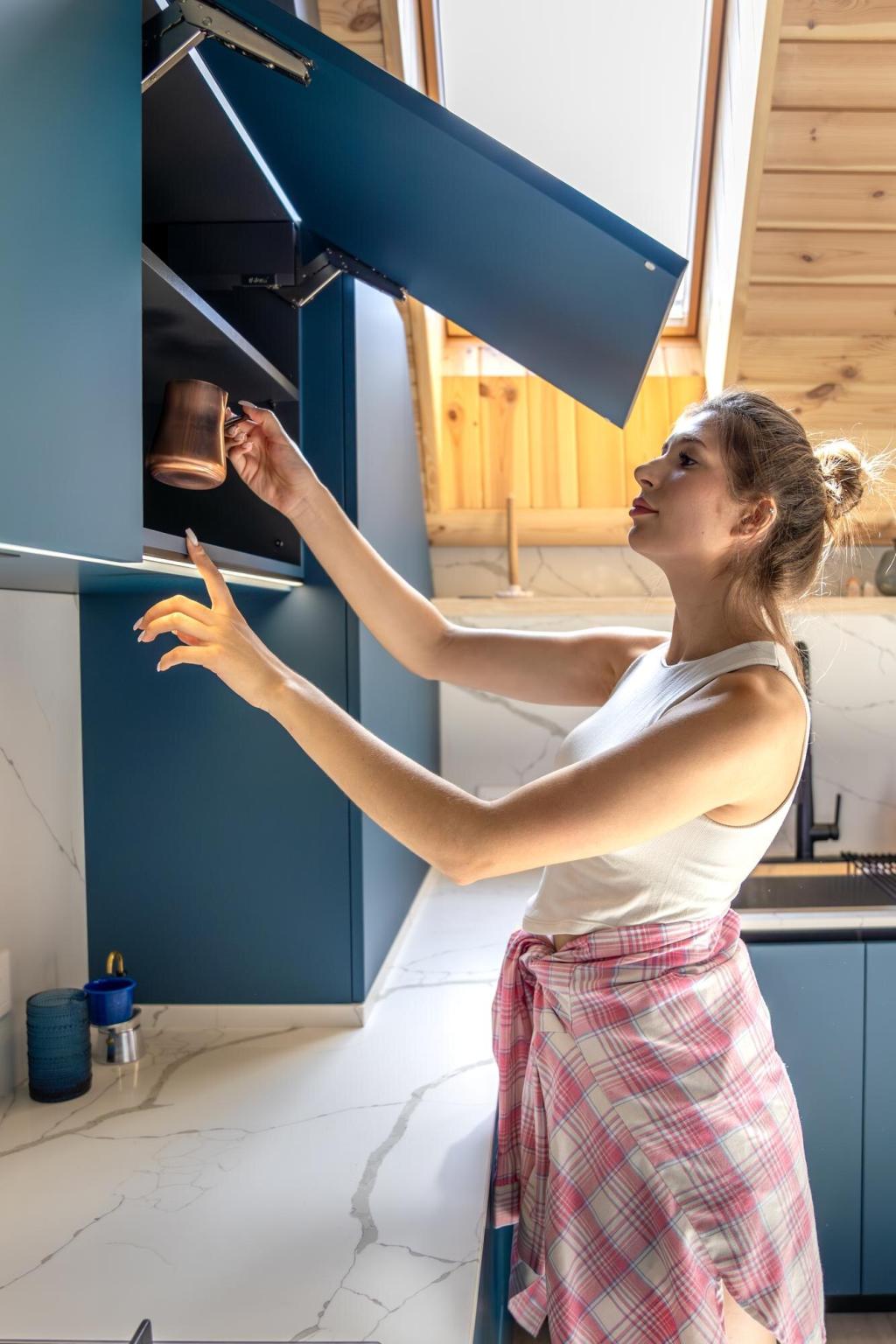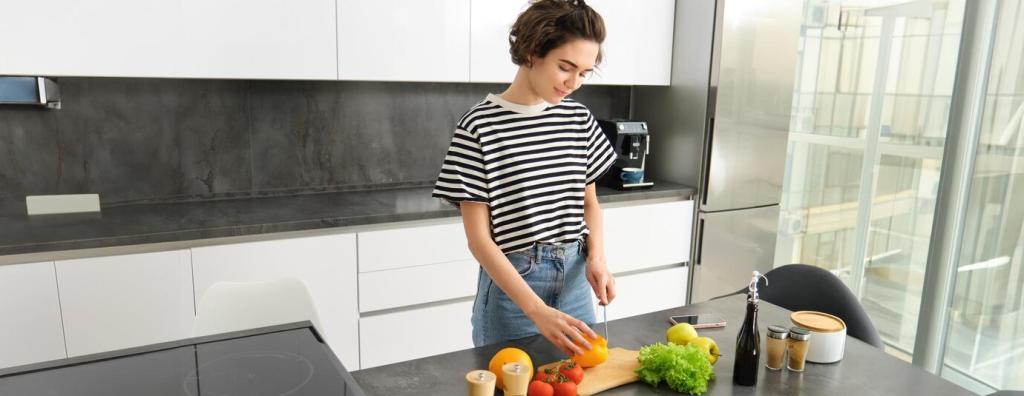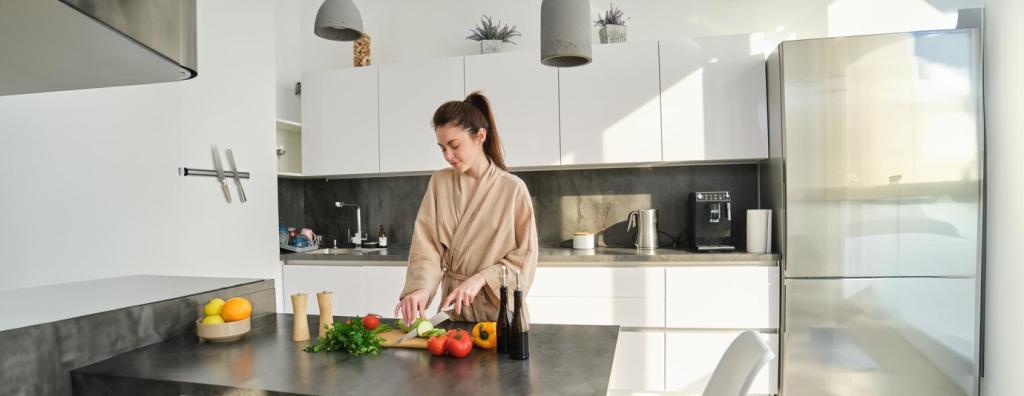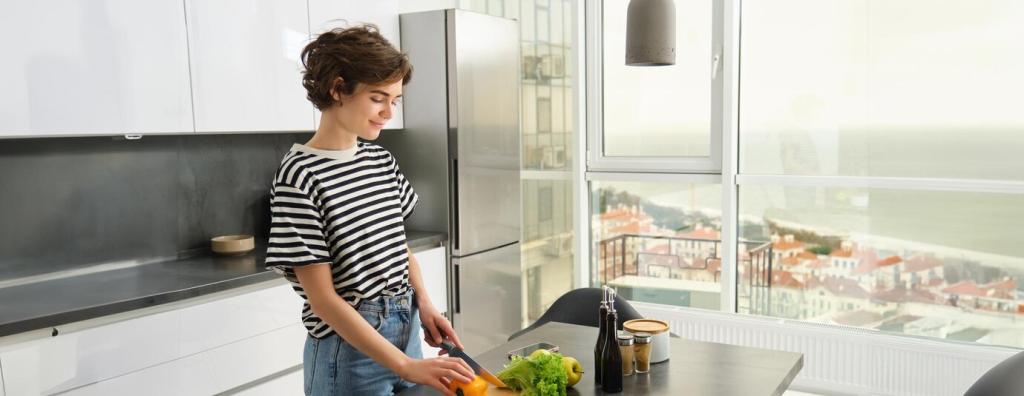Understanding Efficiency: The Science Behind Eco-Friendly Lighting
Incandescent bulbs often deliver around 12–15 lumens per watt, while modern LEDs reach 90–150 lumens per watt or more. That means you can enjoy the same brightness with up to 80% less energy. Multiply that by hours of use and the savings really add up across your home.
Understanding Efficiency: The Science Behind Eco-Friendly Lighting
Warm 2700K LEDs create cozy evenings, while 4000–5000K supports focus in kitchens and workspaces. Aim for CRI 90+ where color matters—art, clothes, or makeup. The right spectrum not only reduces eye strain but also helps each room feel precisely the way you want.
Understanding Efficiency: The Science Behind Eco-Friendly Lighting
LED life is often rated to L70—when output drops to 70%—commonly 25,000 to 50,000 hours. Compared with roughly 1,000 hours for incandescent bulbs, that’s fewer replacements, less waste, and consistent performance. Long life also means steadier budgets and less clutter in your storage closet.
Understanding Efficiency: The Science Behind Eco-Friendly Lighting
Lorem ipsum dolor sit amet, consectetur adipiscing elit. Ut elit tellus, luctus nec ullamcorper mattis, pulvinar dapibus leo.

